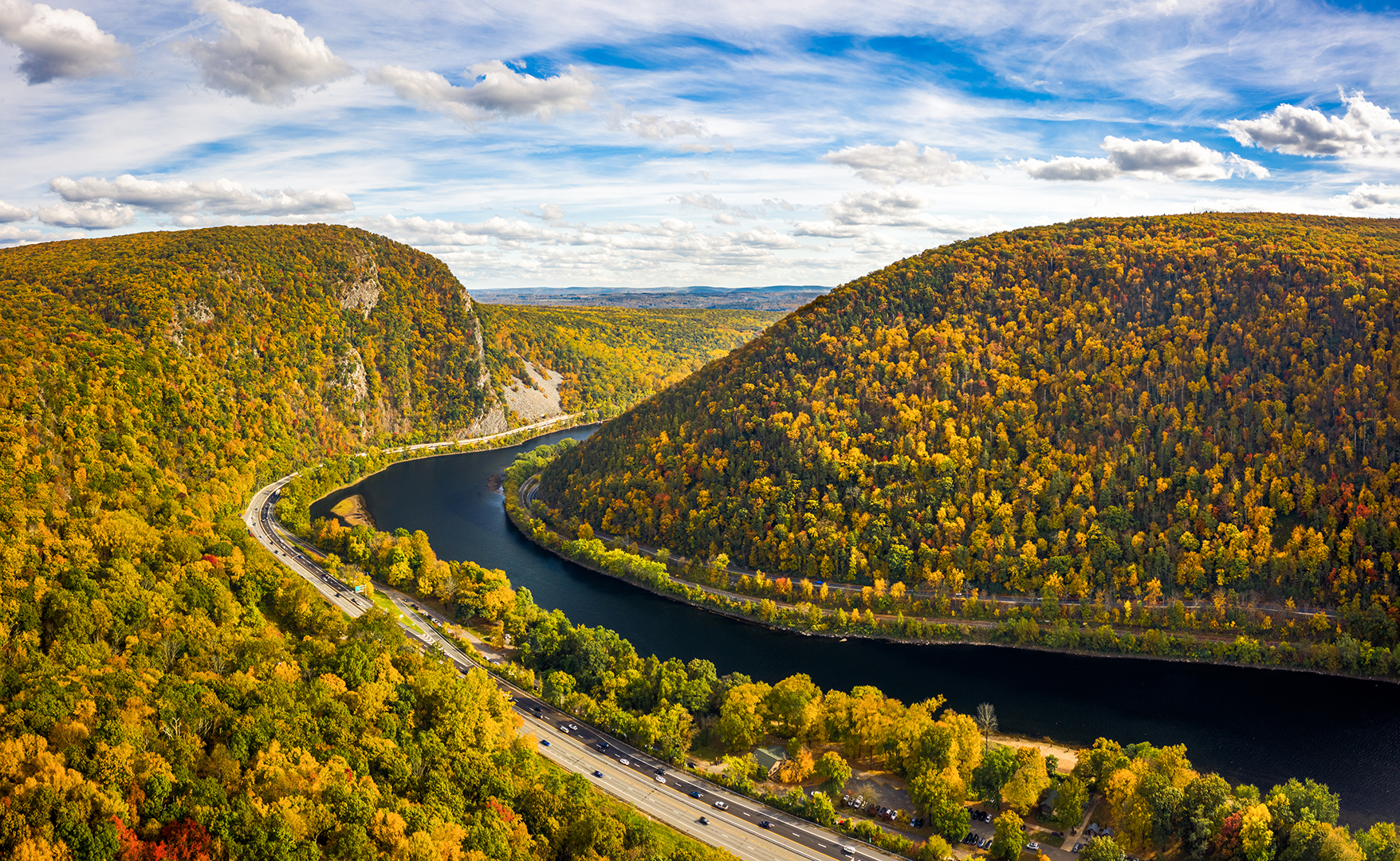
An exciting bill has been passed in the Delaware Senate and is set to take effect in November of 2026. Senate Bill 237 creates a requirement for a comprehensive land use plan to be completed every ten years in all municipalities in Delaware. The land use plan must contain information and regulations regarding land distribution, mobility, conservation of natural resources, recreation and open space, and resilience against the effects of climate change.
The elements of the comprehensive land use plan surround future distribution and uses of land for any sort of activity, whether residential, commercial, or agricultural. For example, it will require local governments to create a plan for safe and effective mobility in their communities developed with and approved by the Department of Transportation, including access to rights-of way, sidewalks, bikeways, walking trails, and more options of sustainable travel. Having outdoor and non-auto-centric methods of transportation easily accessible is not only good for the earth but also for the health of its citizens.
The land use plans must also recognize the importance of recreation and open spaces, such as nature preserves, parks and playgrounds, and public beaches. Furthermore, spaces with rich natural resources – wetlands, habitat areas, floodplains, etc. – must be identified and protected.
The essential aspect of this bill is its emphasis on resilience: land use plans must reduce the vulnerability of a community’s property, agriculture, infrastructure, and resources to effects of climate change like sea level rise, changes in rainfall patterns, and extreme weather events. The bill outlines strategies to do so, informed by the Delaware Climate Action Plan. The first is to direct any new building developments away from areas affected by rising sea levels or floods. The other strategy is achieved through previous plans: providing access to open spaces filled with trees and non-auto-centric methods of transportation will improve air quality and reduce greenhouse gas emissions.
There is another strategy for creating resilience against climate change that is not discussed in this bill but should be considered as communities develop their plans: undergrounding power lines. Typical aboveground power lines are vulnerable to external damage, particularly weather-related. Overhead lines are likely to be damaged by the winds, floods, and treefall of increasingly extreme and frequent storms and may overheat during increasingly common and prolonged heat waves. Not only can this lead to massive power outages but also has frequently led to wildfires. These wildfires are no longer just a problem in the west, as states such as Hawaii, Texas, and others along the east coast have seen wildfires in the last year. These problems will only worsen as climate change continues, therefore, there is a need to update the electrical grid. Moving the wires underground would remove the risk of wind, flooding, and fire and thus reduce power outages, and is therefore a key step to building resilience and a way to design communities with climate change in mind.
Other communities outside of Delaware are also already making efforts to create climate resilience, and some are even using the undergrounding of electrical wires as a key strategy.
Massachusetts, for example, is home to a productive organization called CREW, or Communities Responding to Extreme Weather. This group is developing a simulation called the Charles River Flood Model to show how flooding and increased precipitation will affect regions around the river. Now that the model has been used to gather data, CREW is working to establish flood mitigation solutions around Massachusetts in collaboration with communities and individuals. Their nature-based solutions include land conservation, stormwater infrastructure, and increased tree canopy. CREW will then publish their Charles River Climate Adaptation Flood Mitigation Plan, which can be used as a model for other riverbank regions all around the country. Along with these flooding initiatives, CREW is also establishing Climate Resilience Hubs which may be libraries, schools, businesses, or other locations that commit to educating the public about climate resilience and extreme weather preparedness through classes and other services.
California, a state ravaged by wildfires increased by climate change, is also making strong strides to become more resilient, as they have begun undergrounding their power grid. The Pacific Gas and Electric Company, a huge provider of gas and electricity, possesses thousands of miles of aboveground power lines. These lines are in high-risk wildfire areas and have even been blamed for the deaths and destruction caused by those fires. By moving their wires underground, PG&E will reduce the risk of fires, protecting homes, people, and nature. This is essential as California is only getting hotter and drier due to climate change.
This strategy of undergrounding is gaining popularity fast. In January 2024, the Department of Energy allocated $34 million to the Grid Overhaul with Proactive, High-speed Undergrounding for Reliability, Resilience, and Security (GOPHURRS) program. The program establishes 12 projects in 11 states to move the power grid underground with various strategies. According to the DOE, these projects will reduce power outages while creating nationwide climate resiliency as we must combat more extreme storms and heat waves.
When the Delaware bill takes effect in November of 2026, it will have a positive impact in improving the enjoyment and beauty of Delaware’s communities and creating resilience against the dangers of climate change. And like CREW in Massachusetts, PG&E in California, and DOE-funded undergrounding initiatives across the country, it is an exciting step in the right direction at the nexus of land use planning and scenic conservation.